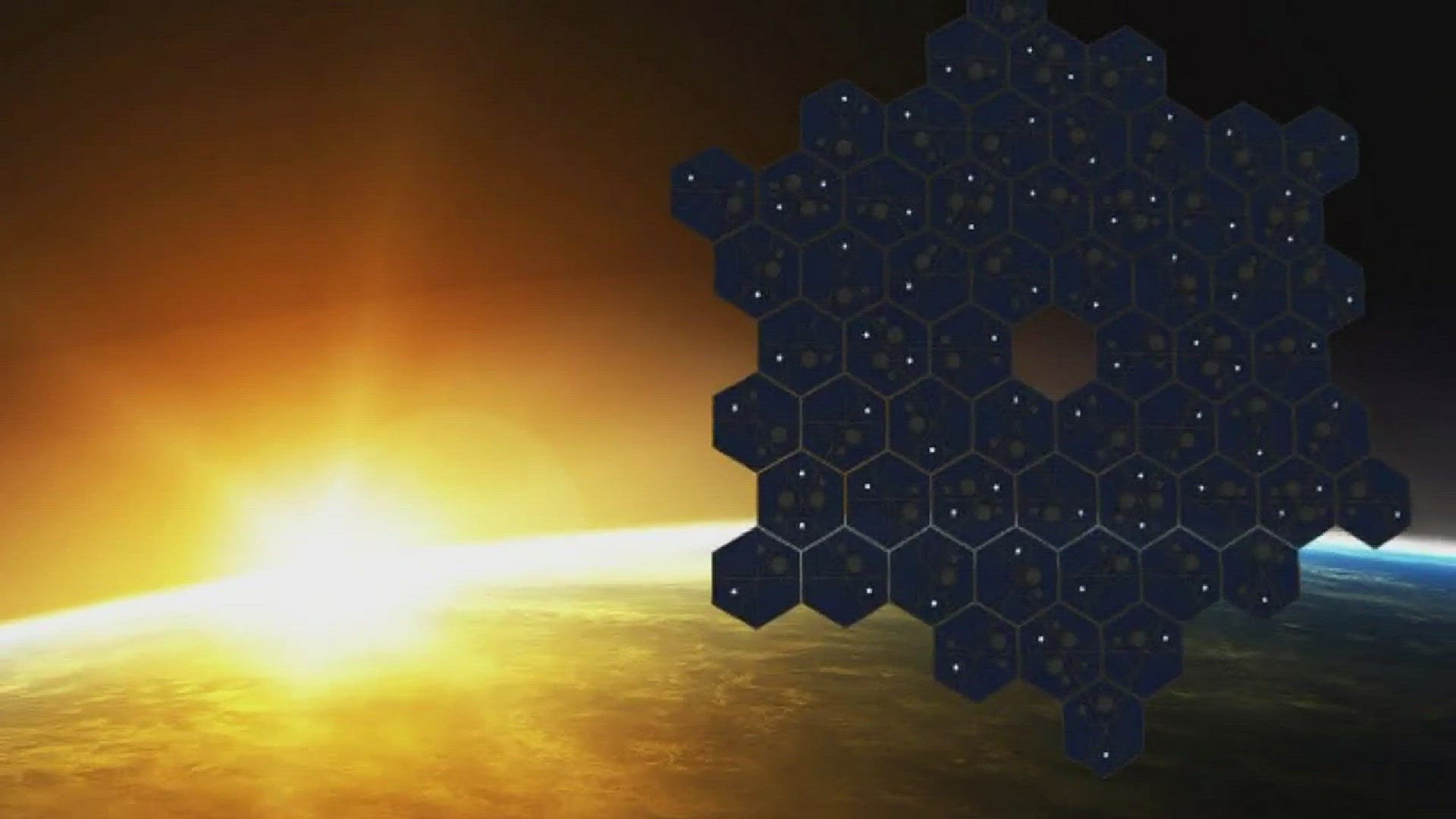NEW ORLEANS -- Armed with only backpacks, laptops and a white board, local college students created a new design to move objects in space.
Their model, made from plastic and wood, caught the eye of top aeronautical researchers at NASA.
Could a team of five Tulane undergraduates be the ones who revolutionize a design concept at NASA and help get us to Mars one day? Only the future holds that answer, but for now, they hold a prestigious award, for NASA's Big Idea Challenge for Spacecraft Design. They are just back from being one of the top five teams to present their idea to NASA researchers, designing a structure that is huge in space but that can fit in a smaller rocket cargo hold to get there.
"I was thinking, you know, ours is so out of the box, so weird, like how could the judges even want this," remembers Ethan Gasta, a Tulane junior from Connecticut in engineering and physics.
Up against the nation’s brightest graduate and undergraduate students in aerospace engineering, the Tulane team had none of that expertise. They are in architecture, biomed, physics and engineering. The other four team designs were top of the line, brilliant, the tried and true butterfly shaped, with thrusters, tanks, engines, all centralized in the "body" with solar panels on the "wings."
But this unusual group, honored just to be finalists, came up with the Sunflower, a compact hexagon, that ‘blooms’ or keeps unfolding and expanding. Each "petal" or "honeycomb" is self-sufficient with its own power center. The team said you could hear murmurs in the room after the presentation.
"The first thing I thought was we either got first or last,” Maxwell Woody, a Tulane senior from Wisconsin thought. “Ours was different than all the rest of them.”
Some in the group think not having any experience in aerospace engineering ended up helping them out.
"I think because we had no background, that is what prompted us to be more out of the box, because we didn't have, we almost didn't have the same perspective as an aerospace engineer would," said Otto Lyon a senior in architecture and physics from Cleveland.
Just as bees can add honeycombs to the hive, the Tulane team says more "sunflowers" can be launched in rockets and connect to each other.
"Theoretically, if we scale this big enough, we could probably put some humans in there, hopefully one day with a few tweaks of our design," said Gasta.
When the team was asked what actors they wanted playing them in the future if a movie was ever made about this moment, they all let out a big laugh, and then one joked
Leonardo DiCaprio.
The Tulane students now win a paid, summer internship to work at one of NASA's research centers this summer. Click here for more information about the team.

